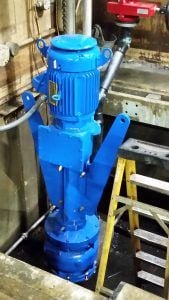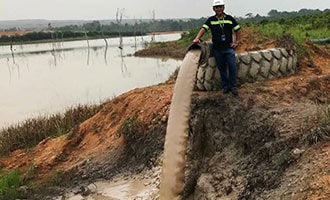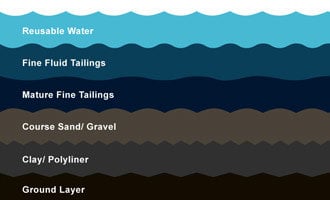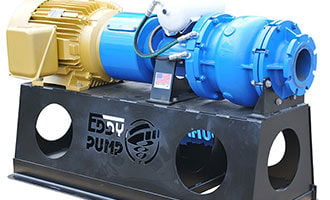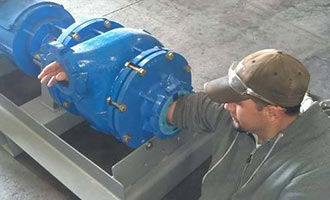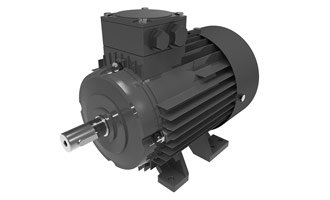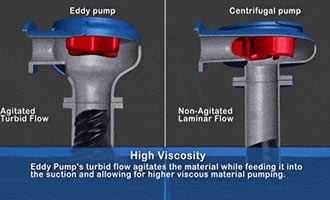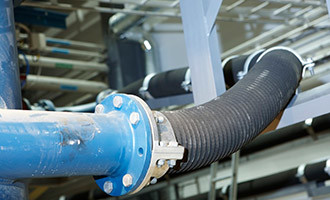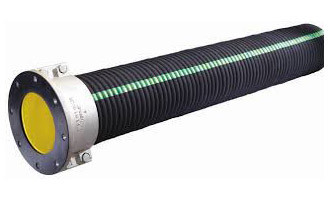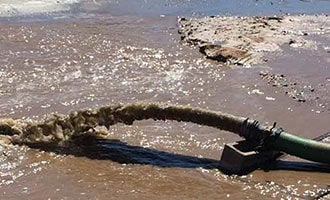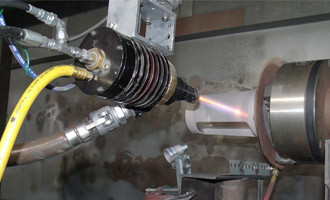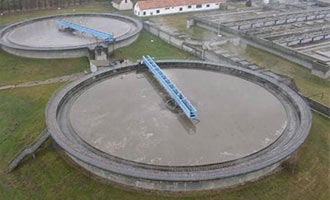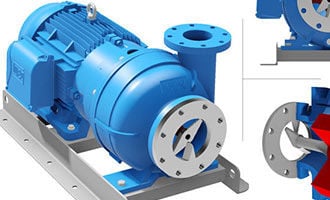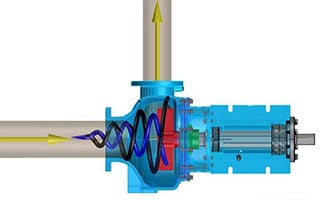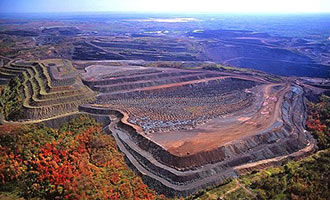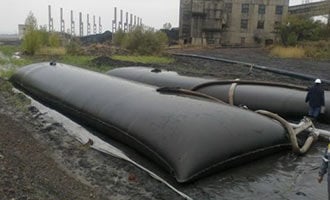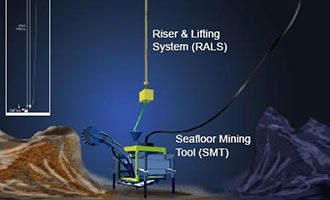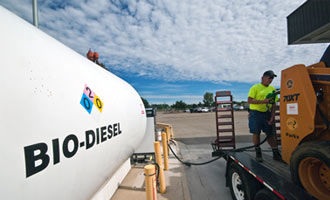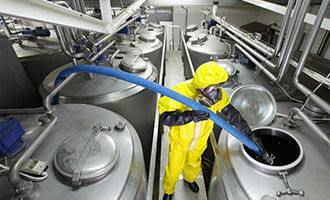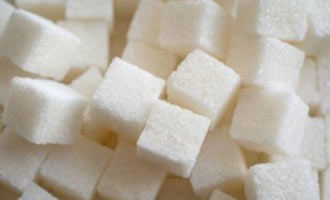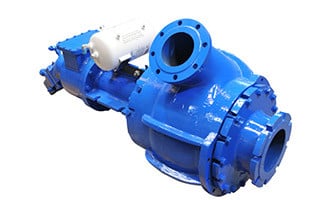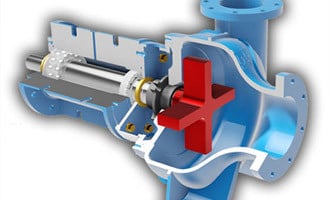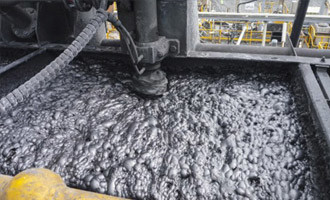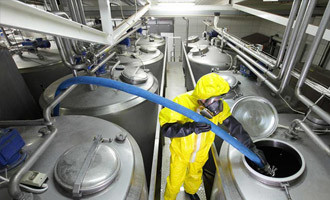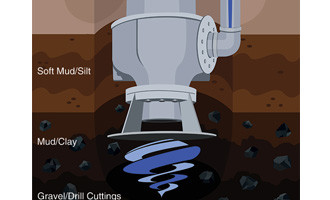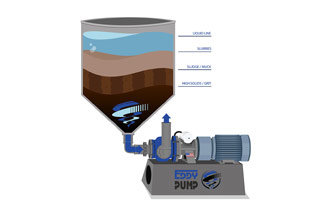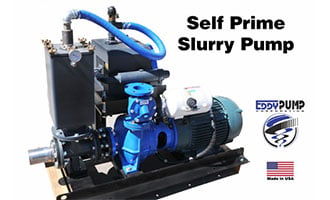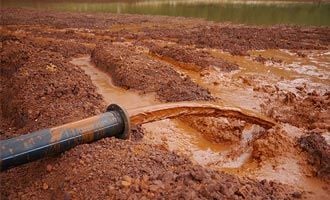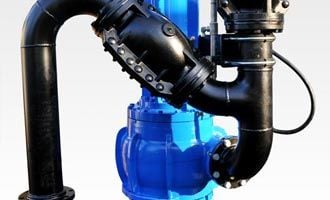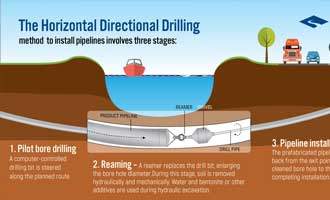Construction and Mine Dewatering - What to Look Out For
Learn about dewatering techniques and some things to look out for when starting a dewatering project. Browse Our Slurry PumpsContact Us For Fast QuoteThis article includes:
- What is Dewatering?
- Why Dewatering?
- Where Does Water Accumulate?
- Common Dewatering Applications
- Dewatering Precautions – Things to Know
- Dewatering Methods
- Dewatering Bags
- Dewatering Pumps
What is Dewatering?
Dewatering refers to the act of removing or displacing groundwater or surface water from a work site. Primarily, pumps and evaporation techniques are used for the dewatering process which is usually performed before excavation for footings or to lower the water table that may cause issues during subsequent excavations.
Why Dewatering?
Often times in industrial or construction worksites, accumulated water in trenches and excavations can cause downtime due to work areas being inaccessible due to flooding. These areas must be dewatered so work can continue at a steady pace, and to provide additional safety for the crew operating the job. It is necessary before any excavation that dewatering is done so that the construction crew has dry land to stand on and also to lower an area’s water table that may cause problems when the excavation work begins.
Where Does Water Accumulate?
The top two reasons for water accumulation are rain and the area having a high water table. In construction sites, water can build up in excavations, trenches, sloped areas, or if the location of the site is in an area with a high water table.
Common Dewatering Applications
- Pit Dewatering
- Excavation at mining sites to access layers of ore creates pits that occasionally fill with water that require water removal.
- Wellpointing
- Shallow wells are strategically placed around an excavation to collect water.
- Low Flow Bypass
- A diversion around an inadequate drainage pipe that cannot pass enough water to lessen the collecting water.
- Rim Ditch
- Combination of ditches and berms that are designed to force the flow of slurry. The sides of the berms catch the coarse particles and the finer particles collect at the bottom of the ditch.
- Open Ponds
- The low-level above-ground area where water, toxic materials, and solid-laden slurry can collect.
- General Purpose / Construction Dewatering
- Common groundwater and surface water removal at a construction site.
Dewatering is also performed in mining applications, particularly in rock mines and borrow pits. It is also conducted in lake excavations for constructing stormwater management systems. Installation of utility lines such as sewers, water, telephone, and electricity also requires dewatering.
Dewatering Precautions / Things to Know
To avoid further disruption of the environment such as soil erosion, it is imperative that the dewatering process is done properly and consistent with local codes and regulations. It is also important to select the best location for the discharge line, even when you might be a long distance from any bodies of water. When choosing discharge areas for your dewatering, keep in mind:
- Any disposal of water should be done so in a manner that is consistent with local codes and regulations.
- Water should never be pumped directly into slopes which can cause erosion or leave a potential for landslides.
- It is important to look for signs of erosion in the area and discontinue dewatering if signs of erosion are found.
- Avoid dewatering during heavy rains.
- Never discharge water contaminated with grease, oil, or caustic chemicals directly into the ground to prevent damaging the local environment.
- Permits may be needed from local, state, or federal governments for legally dewatering a site.
- Understanding the water table conditions in your work area can dictate how well the process will go.
- Sump pumps are the most common dewatering pump, however, they are limited by how much volume they can process so are not suited for large jobs.
Dewatering Methods
In most cases, dewatering from open trenches or excavation can be done a variety of different ways. The most simple method uses the omnipresent power of gravity. By creating drainage channels, water is carried away from the worksite to the discharge point. Channels used for dewatering are usually protected with ditch linings to ensure the (sometimes contaminated) water does not seep into the ground soil.
Some of the other common dewatering techniques involve submersible dewatering pumps, siphoning, or using large machinery buckets to catch the water and dump off-site. These techniques are performed when the water that needs to be removed is below the designated discharge area.
Dewatering Bags
Dewatering bags are large, durable bags made of geotextile fabric used to filter water by removing oils and sediments. They are used by hooking up the discharge line to the inlet line on the bag. As the bag fills with water, the sediment is trapped in the fabric of the bag, allowing the water to drain into the environment.
Dewatering bags are also found in other areas with high water tables like dredging locations. When using dewatering bags, avoid multiple pipe discharges as it can cause the filter bag to fail. It is best to guide the water runoff into a nearby storm inlet. Dewatering bags are perfect for materials that can be dewatered and dispersed on-site.
Additional Dewatering Applications
Dewatering is also performed in mining applications, particularly in rock mines and borrow pits. It is also conducted in lake excavations for making stormwater management systems. Installation of utility lines such as sewers, water, telephone, and electricity also requires dewatering.
Dewatering Pumps
Dewatering applications present challenges that include transferring liquid that contains solid-laden, abrasive materials. There are a number of pump types that can be used for this type of application; some are more effective than others. When choosing the proper pump for a dewatering application, it is critical that the pump is a non-clogging pump design that can handle high solids.
Submersible Pumps are a good choice for dewatering applications because they can be fully submerged in the water that needs to be transferred, allowing an easy method of removal. The submersible pump would also need to be built for withstanding some abrasive solids content and not be prone to becoming clogged.
Self Priming Pumps are excellent choices for dewatering pump solutions because they can provide some advantages over a standard pump. Self-priming pumps have the ability to keep the pump primed in instances where the pump cannot be submerged, saving time and potential damage to the pump. EDDY Pump manufacturers a non-clogging self-priming pump that is well suited for dewatering applications. These pumps are proven reliable, provide a constant flow rate, and require very little maintenance resulting in performance you can depend on.
Best Applications – Industries Most Served
The EDDY Pump Corporation is a premier manufacturer of pumping and dredging equipment. If you are pumping or dredging slurry, high solids, extremely viscous material, paste, high abrasives (sand & gravel), and material filled with solids, then you found the best-suited product for the job. Go to: https://eddypump.com/ or Call Us!
Mining, Fly Ash, Coal Ash, Oil, Fracking, Gas, Wastewater, Pulp and Paper, Chemical, Energy, Water Municipalities, Irrigation, and Dredging Companies. For Access to Complete Product Line Go to: https://eddypump.com/products/
Order or Get Selection Help
Related Products
HD (Heavy Duty) Slurry Pumps
Why EDDY Pumps Are Better – Highlights
This video shows how EDDY Pump transports high slurry and abrasive materials. Featured dredge pump equipment includes the Remote Operated Subdredge, Diver Operated Pump and a Excavator Attachment Dredge Pump.
Why EDDY Pumps Are Better - Highlights
This video shows how EDDY Pump transports high slurry and abrasive materials. Featured dredge pump equipment includes the Remote Operated Subdredge, Diver Operated Pump and a Excavator Attachment Dredge Pump.




